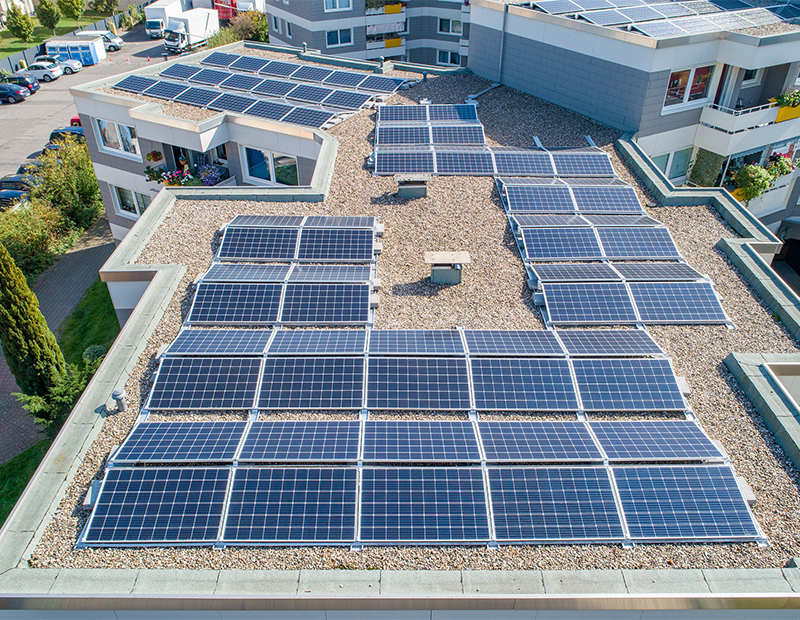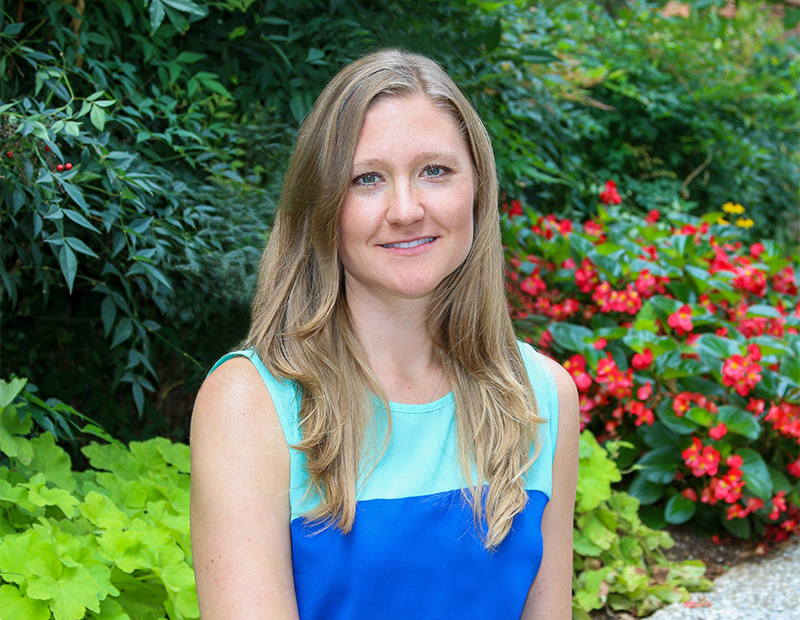Healthy Recovery Starts With Schools: USGBC
The sustainable development organization's Healthy Economy Forum Report offers insights into creating a successful built environment as the nation faces re-entry.
Participants in a two-day U.S. Green Building Council forum on reopening the economy and healthy buildings determined that the first step is investing in schools.
At the August 2020 Healthy Economy Forum—a follow-up to USGBC’s Healthy People in Healthy Places Equals a Healthy Economy initiative—roughly 1,000 industry professionals connected to explore avenues for creating healthier and more resilient spaces in the pandemic era’s built environment.
READ ALSO: Top 10 LEED-Certified Buildings in Illinois
“As we look ahead, we believe the key to rebuilding a healthy economy is ensuring we have healthy people in healthy places, and buildings are a vehicle for achieving that goal,” Taryn Holowka, senior vice president with the U.S. Green Building Council, told Commercial Property Executive. “The places we occupy—homes, offices, restaurants and other spaces—have an impact on our personal health in terms of air and water quality, productivity and more, but they also impact environmental health and the health of the community in which they’re located.”
The participants noted that U.S. school districts’ bid to upgrade insufficient public-school infrastructure such as HVAC, airflow and ventilation systems has been hindered by insufficient federal funding. The adjustments required for operating in a COVID-19 environment—including sufficient air quality, scheduling and occupancy accommodations, however, may finally push these overdue infrastructural changes to the forefront.
Discussions also led to the conclusion that technology can play a valuable role in developing trust with building occupants. Sharing updates regarding the continuous monitoring of building performance and air quality, through such tech offerings as Arc Re-Entry—a tool by USGBC affiliate Arc Skoru Inc.—can assist in the effort to maintain transparency and open communication with building dwellers.
A novel idea that arose during the forum involved the notion of expanding the definition of a resilient building to include a pandemic mode. Participants discussed the importance of designing or reconfiguring spaces to encompass a pandemic mode that can be turned on and off to address occupants’ needs in the event of a pandemic or weather-related episode. “Whether that specific idea takes shape remains to be seen, but it gets you thinking differently,” Holowka said. “We don’t know when the next pandemic or climate event will happen, but we do know the way we design and operate our spaces can help people and businesses better prepare for, respond to and recover from these catastrophic situations when they happen.”
Ideas into action
During the forum, participants highlighted the fact that as development activity moves forward in preparation for a post-pandemic environment, contractors will be essential to facilitating developer and owner commitments. Contractors are often at the controls on negotiations, procurement and substitutions with regard to sustainability production. Participants also noted that it is essential that contractors commit to recycling practices concerning construction and demolition debris. However, they concluded that the burden of proof that buildings are safe to return to lies solely with building owners.
At the beginning of the green movement, many building owners were reluctant to make the upfront investment required to achieve the long-term savings from sustainable features, and some may feel the same trepidations regarding developing or redeveloping properties to accommodate the new normal. “The business case for building green is clear and there is a lot of research that shows the shorter payback periods, lower operating costs and increased asset value, not to mention the health and wellness benefits,” noted Holowka. “While major investments may not be possible for everyone right now, there are smaller actions companies can take and it starts with understanding and measuring their building’s performance.”
A head start
The focus on building health and resilience that has come to the fore as a result of the spread of the coronavirus is not new to those in the building industry who had already embraced sustainable development, and specifically, LEED certification. “USGBC has introduced new guidance specific to the COVID-19 pandemic, but green buildings in some sense are a step ahead because they’ve already started to integrate strategies that address some of these health and resilience concerns,” Holowka said. “Now is the time to double down on those practices and certification is a critical way to communicate and verify progress for investors, occupants and other stakeholders.”
Read the full report on USGBC’s website.









You must be logged in to post a comment.